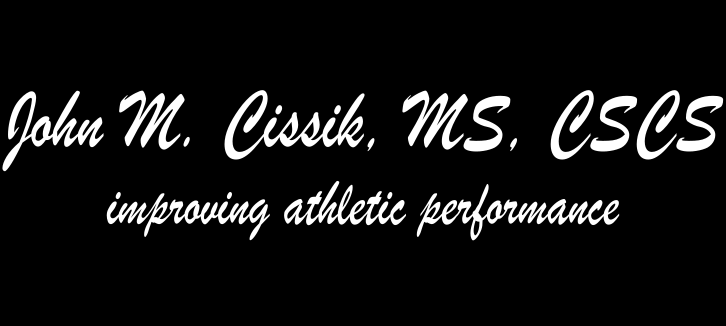I’m a terrible chess player, I admit that. I really got into it when I went through chemotherapy to try to keep my brain in shape. To help with that, I began consuming chess books. I like to get really old books (1940-1970), so old that they use the old style of notation. I do this for a number of reasons. First, the old books (when you get them used) are really inexpensive. Second, the books are dense in terms of material. Finally, the principles don’t change. Yes I might miss new developments that I need for competing for a world championship, but I’m never going to do that so it’s really not that important.
I tell you this because this post is going to be the first of a lot of posts that cover old books in strength and conditioning. All of these books were translated texts from the old Soviet Union and were absolutely essential to strength and conditioning coaches in the late 1980’s and early 1990’s. These posts are going to go into information dense, deep dives about these books and what they can still teach us today.
At the height of the Cold War, the Soviet Union (and the other Communist countries) mobilized their people into a national sports selection system that was formidable in the Olympic sports. Weightlifting was a major example. As the Soviet Union collapsed, a lot of these coaches and sport scientists had books and articles published over here, many came to the West and coached, lectured here, and many of their tools and methods were adapted to western strength and conditioning (periodization is a great example). These books influenced the strength and conditioning field, Westside and powerlifting, the sport of weightlifting, and now CrossFit.
Bud Charniga and his company out of Michigan (Sportivny Press) specialized in translating and publishing Soviet articles and texts. If you were a strength and conditioning coach in the late 1980’s or early 1990’s you would have owned many of these and absolutely consumed them. I did.
Today with the instant surface knowledge that we get from the internet, we’ve missed some of the deep dive and information that we used to get from these texts. With that in mind, I’m going to spend many posts thoroughly covering them. Among other things this means that I have to read them again, which is great!
We’re going to spend the first several posts with Laputin and Oleshko’s “Managing the Training of Weightlifters.”
Let’s start with: Who were the authors anyway? Laputin was a heavyweight weightlifter in the decade after World War Two. That I can find, his best total was in 1953 with a 417.5 kilograms on the three lifts (snatch, clean and jerk, press). After retiring he went on to be an extremely influential coach and educator in Soviet weightlifting.
Valentin Oleshko was a researcher and professor dealing with weightlifting, he is still around and teaching in the Ukraine today. Again, extremely influential back in the day.
The book is organized into five chapters. The first chapter deals with, can we look at past results and the growth of past results and extrapolate about the future of weightlifting performances? The next chapter covers the press, reasons for its abolition, and how this has impacted training. The third and fourth chapters are the meat of the book with information about training. The fifth chapter covers restoration.
The next post will cover the first two chapters of this book and what it has to teach us today.
Laputin, N.P. and V.G. Oleshko. (1982). Managing the Training of Weightlifters. Zdorov’ya Publishers, Kiev. Translated by Charniga, Jr, A. Published by Sportivny Press, Livonia Michigan.



